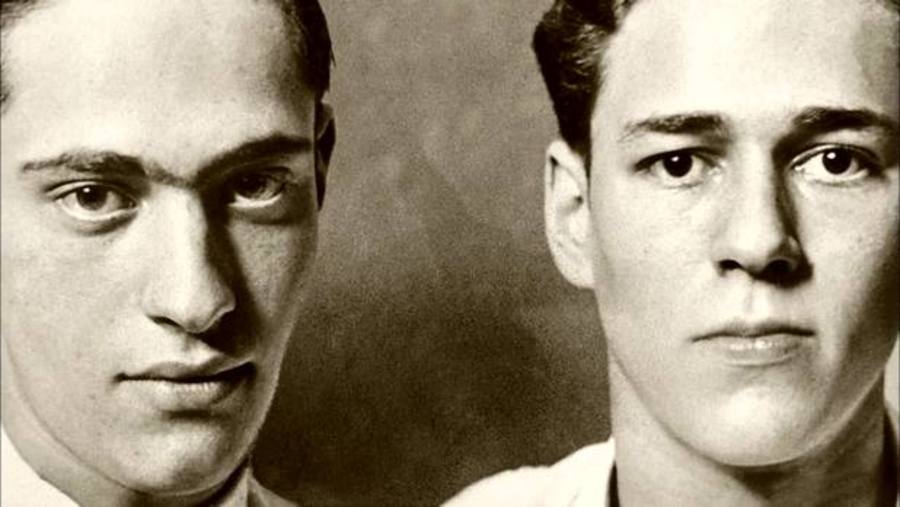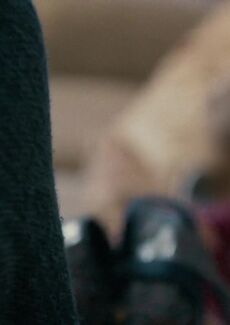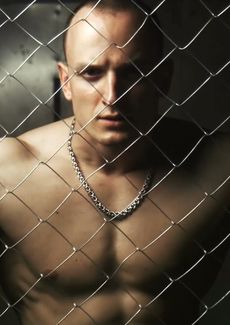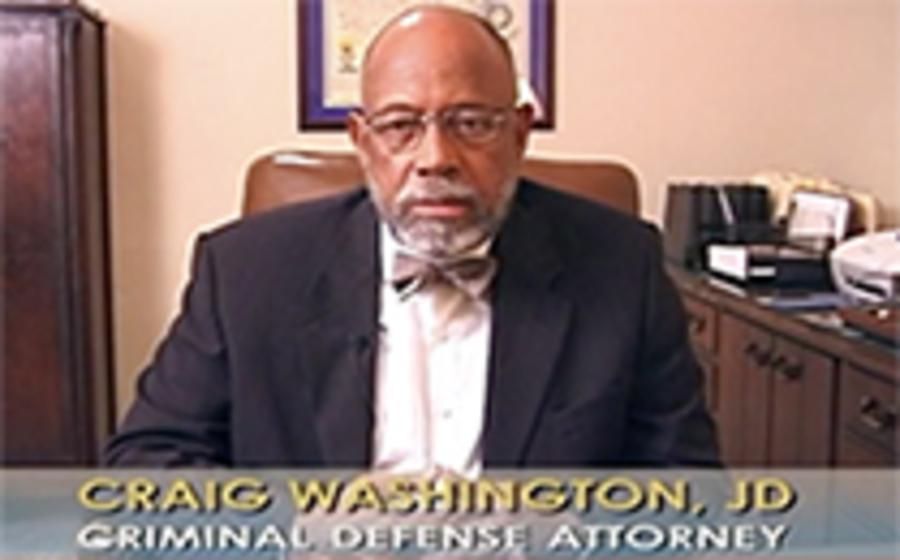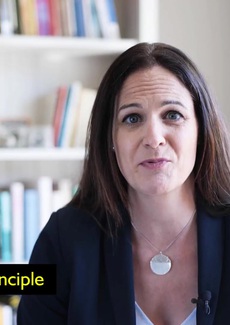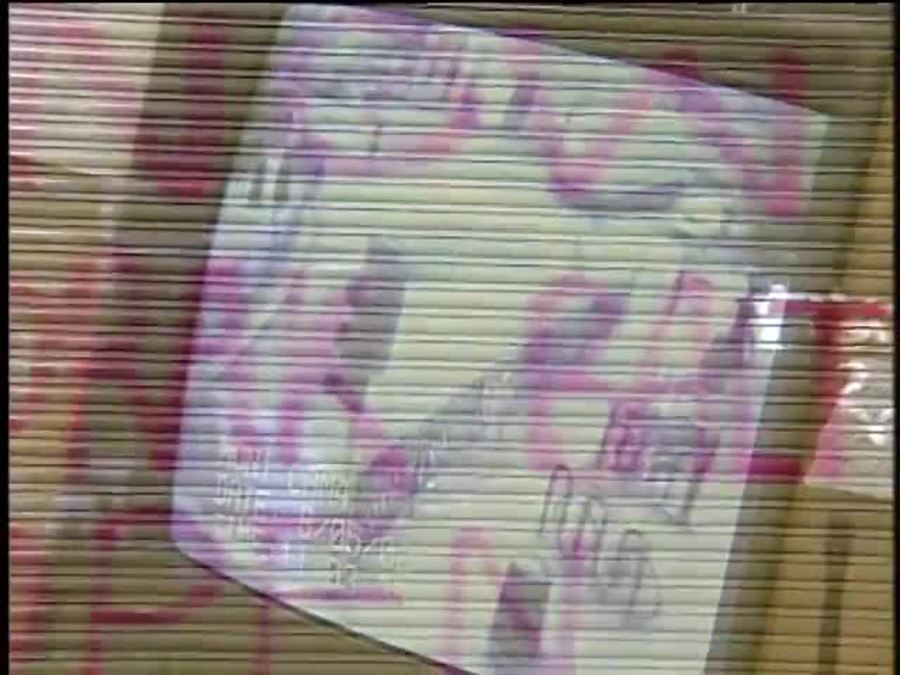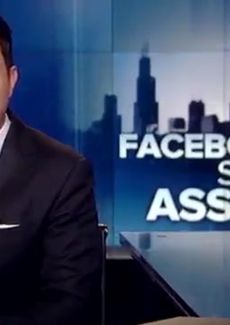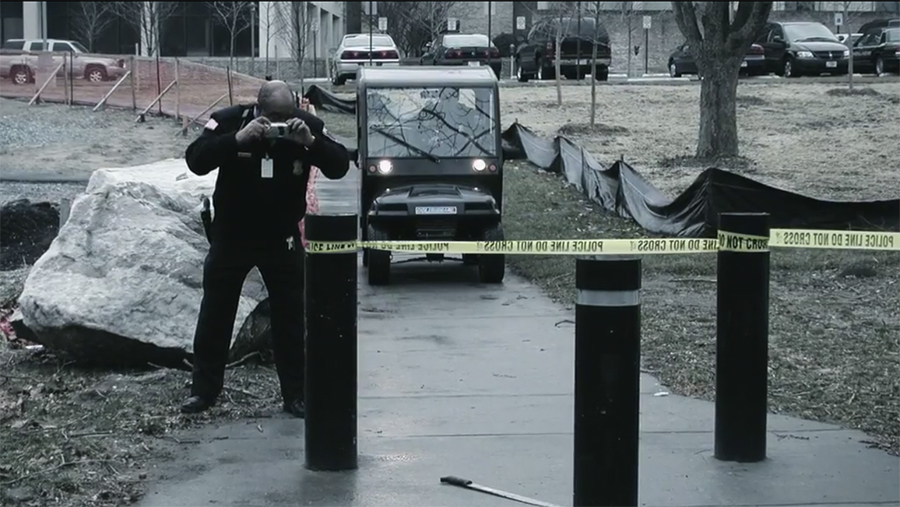 Try these videos to get started. Must be on campus or login with your COM account for off campus access.
Try these videos to get started. Must be on campus or login with your COM account for off campus access.
Want more on finding media? Try Articles & Media.
-
American Experience: The Perfect Crime (52:45)
The murder of a fourteen-year-old boy by two wealthy college students was shocking enough, their motive more so. Nathan Leopold and Richard Loeb had planned to abduct and kill a child at random to prove they were smart enough to get away with it. Their lawyer Clarence Darrow summoned experts to show that the murderers had been shaped by childhood trauma and physical defects, and that it was society and its barbaric death penalty that deserved to be put on trial. Set in 1920s Chicago—a city of gin joints, gangsters, and political corruption—The Perfect Crime tells a story that set off a national debate about morality, individual responsibility, and capital punishment.
-
Cops vs. Criminals (47:00)
This episode of the documentary follows Hampshire Police's Chief Constable Olivia Pinkney and her officers, as they tackle offending in two areas of serious crime - domestic violence and historic sex offences. In Southampton, Detective Sergeant Will Whale, who's been with the police for more than 30 years, is leading the team navigating the domestic abuse cases. Meanwhile, Detective Constable Paul Longhurst is working toward the trial of a PE teacher accused of sexually abusing a number of his pupils.
-
Criminal Profiling (12:00)
An area that’s captured the public imagination from tv shows like Mindhunter and Criminal Minds is criminal profiling. But what’s the reality behind the hype? What is criminal profiling? What do profilers do? Does profiling work? In this film we address these questions through contemporary UK profilers and psychologists, look at some famous case studies and examine different approaches to criminal offender profiling.
-
The History of American Criminal Justice (36:34)
This program offers a brief history of U.S. criminal justice. It covers such topics as criminal justice in colonial America, the Quakers’ penitentiary, and the development of criminology. The program explains the organization of the U.S. criminal justice system.
-
Introducing Geographic Profiling (10:00)
Geographical offender profiling is now being used by police forces around the world to help focus investigations into a connected series of crimes where there are no obvious suspects. This film introduces students to the principles and key concepts of geographical profiling - least effort principle, distance decay, crime pattern theory and opportunity spaces - and their application to criminal investigations.
-
Psychology, Criminality, and Incarceration in America 30:04)
This program explores current trends in criminal justice policy. It covers such topics as the U.S. incarceration rate and psychological explanations for criminality. It outlines the four classic functions of incarceration (incapacitation, deterrence, retribution, and rehabilitation).
-
Series: On the Trail of Crime
Many of the procedures in modern criminology were developed in Europe around the turn of the 20th century. This comprehensive three-part series, complete with archival footage, crime scene photos, and interviews with experts and eyewitnesses, presents a broad catalog of case histories—both celebrated crimes from the past and modern-day cases that follow the evidence from the corpse, to the crime scene, to the courtroom. 3-part series, 55 minutes each.
-
Social Theory and Crime (20:35)
For many criminologists, you can't explain crime just by looking at the characteristics offenders, you also have to consider the role social, cultural & environmental influences. This film brilliantly captures the essence of three of the major social theories of crime and looks at their continuing relevance to the study and control of crime in contemporary societies. Strain Theory and the American Dream looks at application of Merton's theory to consumer societies. Labelling Theory Today documents the switch from crime to social control and looks at the theory's continuing influence on criminology and criminal justice. Place, Space and Broken Windows begins with the question of why most recorded crime is concentrated in very specific areas and looks at research suggesting that it's possible to reduce crime by changing these spaces?
-
The Sociology of Crime and Deviance (40:10)
Taking into account the dramatic shift in the focus of research in recent years, from theories about criminal activity to applications of crime prevention, this multi-section program compares and contrasts the concepts of social causation, social construction, and social control as they relate to the sociology of crime and deviance. Topics include the influence of wider social forces on theories about crime, the reevaluation of criminals as victims or rebels, and three examples of the movement toward a greater pragmatism concerning crime: socio-environmental control, situational crime prevention, and Braithwaite’s restorative justice. Viewable/printable educational resources are available online. A part of the series Understanding Sociology. (40 minutes)
-
Why Crime Witnesses Fail to Act (54:00)
Why crime witnesses fail to act. A Naval officer who transformed the U.S. military. Psychedelic drugs like LSD are back in the lab. The voyage of a trash barge that persuaded us to recycle. Andy Borowitz highlights lunar hoax theorists.
-
Why They Kill (57:42)
Why do some men, women, and even children assault, batter, rape, mutilate, and murder? The breakthrough research and singular theory proposed by renowned criminologist, Professor Lonnie Athens, comprehensively explains how violent criminals develop; how violent communities are created and transformed; and how violent acts are committed and can be prevented. Based on the critically acclaimed book by the Pulitzer Prize winning author, Richard Rhodes, this documentary is a startling exploration of the four-step "violentization" process that leads some to attack and murder.
![]() Try these videos to get started. Must be on campus or login with your COM account for off campus access.
Try these videos to get started. Must be on campus or login with your COM account for off campus access.